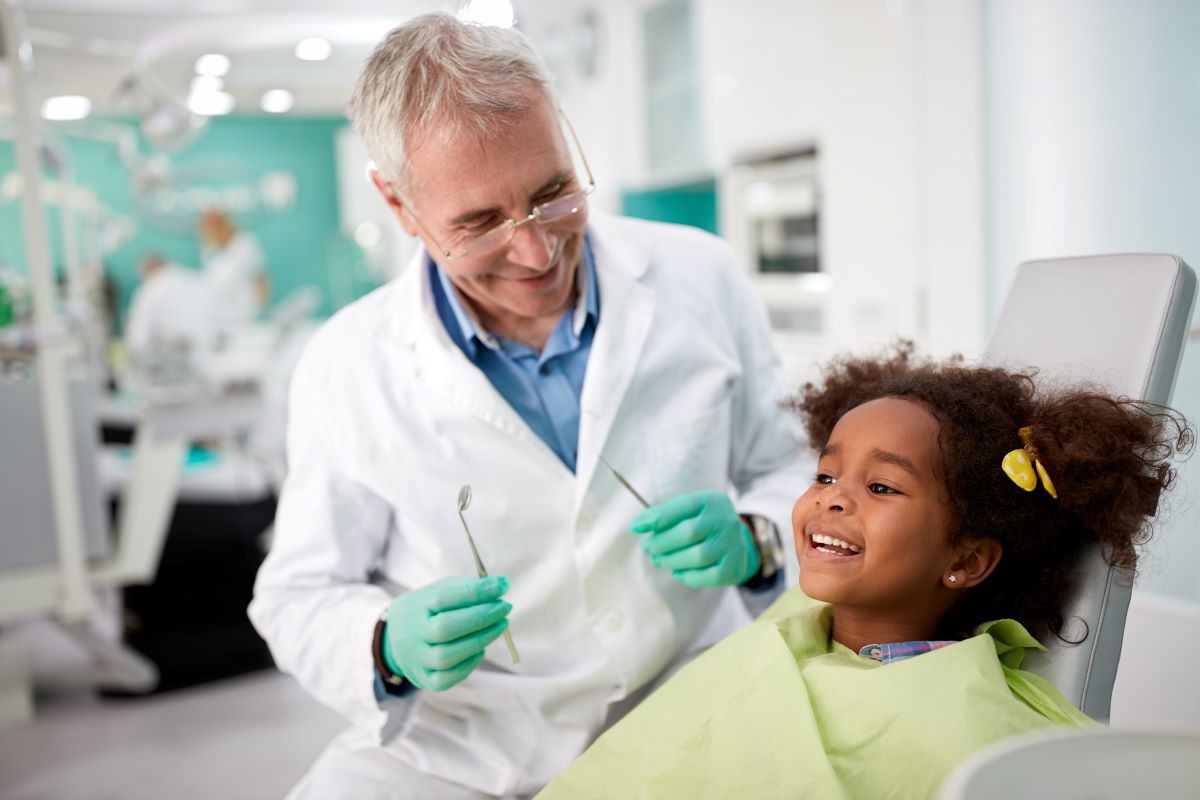Pediatric Dental Emergencies: What Moms And Dads Need to Know for Quick and Effective Therapy
In the realm of pediatric health care, oral emergencies can develop all of a sudden, leaving parents not sure of exactly how to handle the circumstance efficiently. Recognizing the signs, sorts of injuries, and immediate actions to take can make a substantial difference in the result for a youngster's dental health and wellness. With a fast and suitable action, moms and dads can mitigate prospective lasting consequences and ensure their kid gets the required care immediately. By being prepared and informed, parents can play a crucial duty in securing their youngster's oral well-being.
Indicators of Pediatric Dental Emergencies
When assessing pediatric dental emergencies, it is important for moms and dads to be watchful for certain indications suggesting prospective severe problems. One of the key indicators of an oral emergency situation in kids is consistent tooth pain that is not reduced by over the counter pain medicines. This can show a hidden infection or damage that requires instant attention from a dental expert. Swelling in the periodontals, face, or jaw area is another warning that should not be ignored, as it can be an indicator of an abscess or various other major dental condition.

Usual Kinds Of Dental Injuries
Common kinds of dental injuries in youngsters typically result from accidents or sports-related tasks that can result in various kinds of trauma to the mouth and teeth. One common oral injury is a fractured tooth, which can vary from a minor chip to a more serious break involving the internal layers of the tooth. An additional regular injury is a knocked-out tooth, where prompt action is crucial to raise the possibilities of conserving the tooth. Kids might likewise experience oral injuries like tooth invasion, where the tooth is pressed into the jawbone, or avulsion, which is the full variation of a tooth from its outlet. In addition, dental injuries can consist of luxation, where the tooth is dislodged yet not completely knocked out, or soft tissue injuries to the gum tissues, lips, or tongue. It is necessary for parents to be conscious of these usual sorts of oral injuries to offer punctual and appropriate treatment in instance of emergencies.
Immediate First Aid Actions
Upon encountering a pediatric oral emergency situation, swift and proper very first aid measures are critical to relieve discomfort and avoid more complications. For a knocked-out tooth, advise the kid to carefully rinse the tooth with water, attempting not to touch the origin, and area it back in the socket if possible. If re-implantation is not viable, keep the tooth in a container of milk or the child's saliva till reaching the dental expert.
When to Seek Specialist Assistance
Seeking punctual dental treatment from a pediatric expert is necessary in resolving prospective difficulties developing from pediatric dental emergency situations. Parents need to seek specialist assistance instantly if their youngster experiences severe tooth pain, face swelling, hemorrhaging that doesn't stop, a knocked-out irreversible tooth, or any trauma to the mouth or face. These indicators suggest a significant oral issue that requires instant interest from a pediatric dentist.
Additionally, if a kid complains of persistent tooth level of sensitivity to hot or cool, problem eating or ingesting, or signs of infection such as pus tooth crown around the periodontals, moms and dads must not postpone in looking for professional oral treatment. These signs can suggest underlying oral troubles that require to be addressed immediately to straight from the source avoid additional problems.
In cases of oral emergencies, it is critical for parents to get in touch with a pediatric dental expert as quickly as possible to guarantee appropriate medical diagnosis and therapy - pediatric dentistry oakland. Postponing expert aid can lead to exacerbated dental problems and long term pain for the kid

Preventing Future Oral Emergencies
To lower the likelihood of future dental emergencies, parents should prioritize regular oral hygiene methods and routine sees to a pediatric dental professional for preventative treatment. Motivating youngsters to brush their teeth two times a day with fluoride toothpaste and teaching them the proper strategy for 2 mins each time can considerably reduce the danger of dental issues.
Normal sees to a pediatric dental expert for exams and cleansings are vital for very early discovery of any type of potential oral troubles. These consultations allow the dental expert to check the youngster's oral health, provide specialist cleansings to eliminate plaque and tartar buildup, use fluoride treatments for added defense, and deal assistance on correct dental treatment methods.
Conclusion
Finally, parents ought to know the signs of pediatric oral emergencies, common kinds of dental injuries, instant emergency treatment measures, and my sources when to seek expert help. By taking positive actions to avoid future dental emergency situations, parents can make sure quick and reliable therapy for their kids. It is very important to stay informed and prepared in order to manage any kind of dental emergency situation that may emerge.